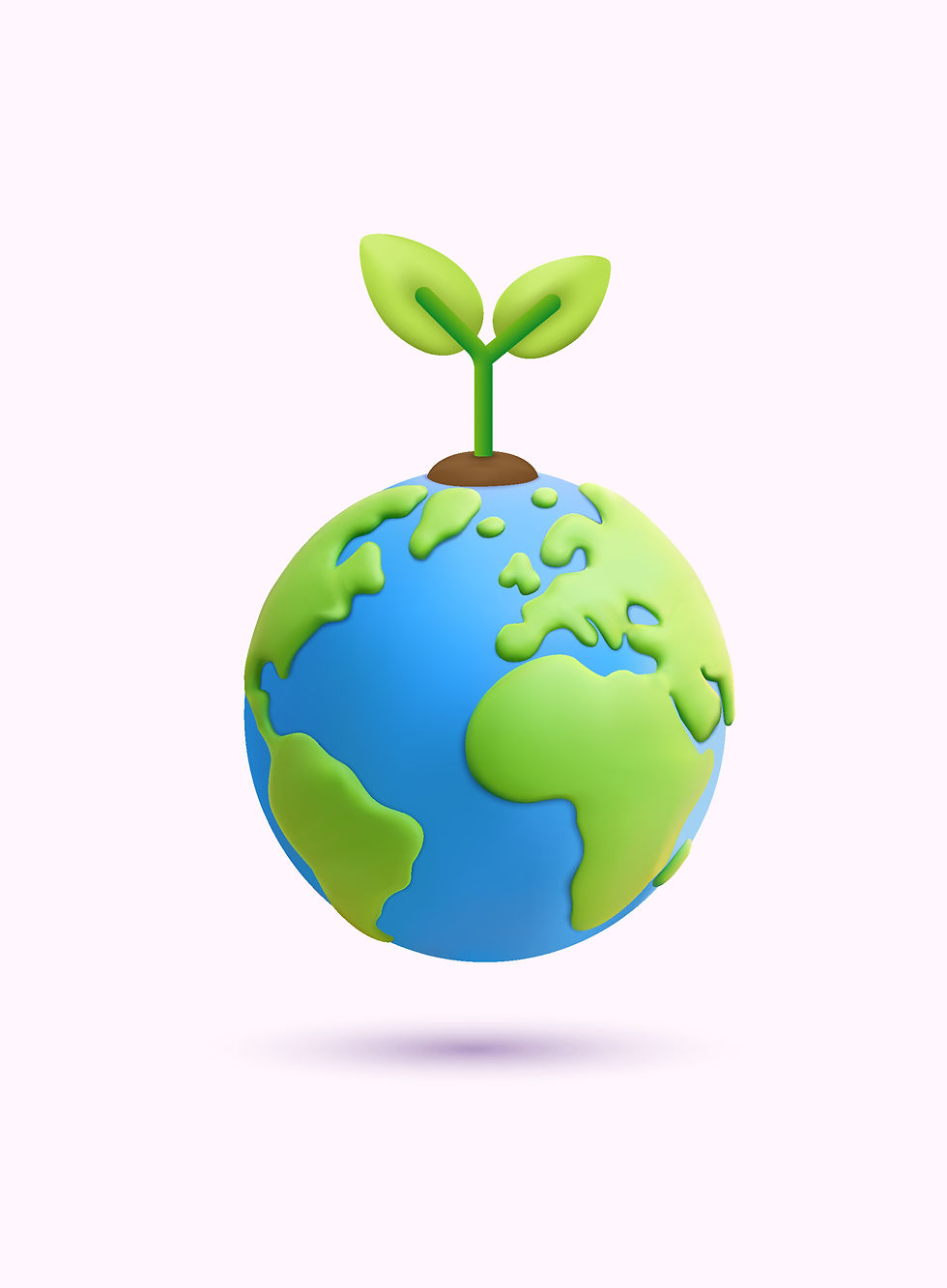What is Soil?
- agforlife
- Jun 10, 2024
- 3 min read
Soil is the foundation for all life and every farm needs good, fertile soil to produce healthy crops. While soil only covers 10% of our Earth’s surface, most people don’t realize how important to life it is. Soil is a living, breathing world that supports all life on earth. Healthy soil is made up from approximately 45% minerals (clay, silt and sand), 25% air, 25% water and 5% organic matter (decomposing animals and plants). All of these ingredients, together with climate, affect the soil composition and how well the soil produces.
"Soils hold nutrients and water for plants and animals. They filter and clean water that passes through them. They can change the chemistry of water and the amount that recharges the groundwater or returns to the atmosphere to form rain. The foods we eat and most of the materials we use for paper, buildings, and clothing are dependent on soils. Soils play an important role in the amount and types of gases in the atmosphere. They store and transfer heat, affect the temperature of the atmosphere, and control the activities of plants and other organisms living in the soil." (GLOBE, 2005b)
Soil essentially has four main jobs. Soil’s first main function is being an anchor for plant roots; soil provides a place for plants to take root and grow. Soil properties like texture, particle size, porosity (the empty spaces), and the ability to hold water all affect how well a soil is able to grow plants. Soil has the important role of storing and supplying nutrients to plants.
Soil’s second main job is the ability to absorb and store moisture for later use by plants and animals. As soil is able to hold moisture, it creates a pool of water that plants and soil organisms can live on between rainfalls. For example, when the soil is very wet and saturated, the water will move downward within the soil profile, unless it is drawn upwards to the surface through plant transpiration and evaporation. A soil’s ability to hold water is affected by its texture and pore sizes. For example, coarse (sandy) soils allow for quick absorption but do not hold the water, whereas a fine textured soil has a slower absorption rate, but is able to hold the water for longer periods. Without soil, water would just be running on rocks, whereas soil filters the water as it moves from the surface into the groundwater.
Soil's third job is to be a recycler. Soil is the original recycler and was recycling before we even knew what recycling was. This is the greatest function of soil. As dead plants, animals and organisms decompose, soil transforms their remains into minerals that then can be utilized by other living plants, animals and organisms. This important process is also what allows soil to store carbon and essential plant nutrients. This is known as carbon sequestration, the temporary storage of carbon in the organic matter of soils.
The fourth job of soil is to provide a habitat for living organisms, ranging from plants and animals, to small insects and micro-organisms, like bacteria and fungi. These micro-organisms are the decomposers of the soil and are the workhorses that recycle the dead materials into the nutrients needed for new growth. Soil provides the environment for the decomposers to work and survive.
What is Agriculture’s Role in Soil Conservation?
Agricultural practices today focus on soil conservation. Having healthy soil is imperative to an agricultural operation, as this helps increase yields and serves to benefit the environment. Using practices like crop rotation and rotational grazing are important for soil conservation and boosting the soil’s biodiversity. Crop rotation refers to the practice of growing different types of crops on the same land each year, instead of growing the same type of crop year after year. Rotational grazing refers to moving animals through different pastures to improve soil, plant and animal health.
Zero-till planting (no-till planting) and reduced tillage are another way that farmers help preserve the soil. Planting cover crops prevents soil erosion and increases soil fertility. Cover crops are planted to cover the soil to prevent erosion, enhance water availability, and help to control pests and weeds. Overall, protecting soil quality ensures a farm that continues to produce abundant and healthy crops and livestock.

Ag in the Classroom
Dig Deeper: Download our Secrets of the Soil Lesson Plan.



